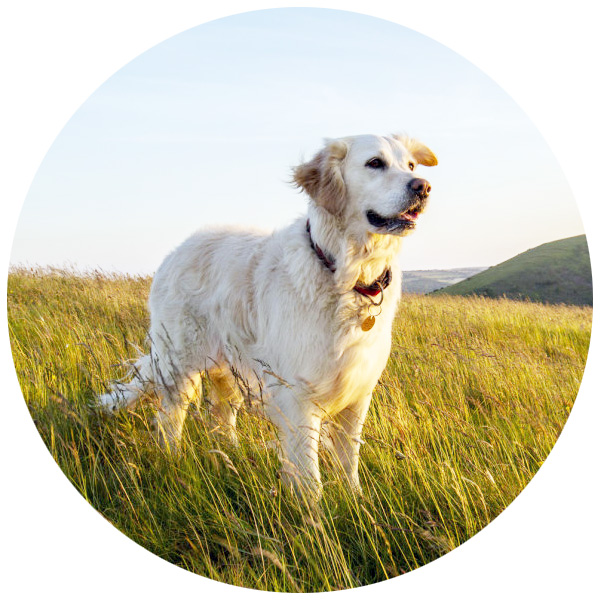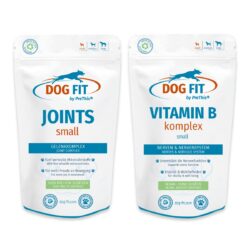Spondylosis in dogs
What is spondylosis?
Spondylosis in dogs (medically: spondylosis deformans) describes a degenerative change in the spine in which bony growths (spondylophytes) can develop on the vertebral bodies. Over time, ossification can occur between the vertebrae, limiting their mobility. These processes usually occur in dogs due to age, but can also be favored by genetic predisposition, excessive strain, or lack of exercise.
Possible causes and risk factors
The development of spondylosis in dogs is often multifactorial. The most common causes include:
- Age-related wear and tear of intervertebral discs and connective tissue
- Genetic predisposition (e.g., in large dog breeds)
- Obesity or unfavorable strain on the spine
- Lack of exercise or incorrect strain
- Lack of specific nutrients during growth
Possible symptoms
Many dogs do not show any noticeable symptoms for a long time. However, with progressive ossification or irritation of adjacent structures, the following signs may occur:
- Stiffness and reluctance to move
- Pain when standing or jumping
- Tensity when palpating along the spine
- Coordination problems or unsteady gait
- Incontinence or neurological abnormalities (if nerves are involved)
Course and diagnosis
Spondylosis is not curable, but it is treatable. Diagnosis is usually made through clinical examination and imaging techniques such as X-rays. The earlier supportive measures are initiated, the better the progression can be positively influenced and the dog’s quality of life can be maintained.
Everyday tips for dogs with spondylosis
- Ensure non-slip surfaces
- Avoid jumping, sudden braking, or strenuous climbing of stairs
- Ensure consistent exercise (e.g., short walks instead of strenuous exercise)
- Warmth can pleasantly relieve tense muscles
- If unsure, consult a veterinarian or animal health practitioner early on
Additional note: Targeted exercise adaptation
A specifically adapted exercise program plays a key role for dogs with spondylosis. Gentle activities such as controlled walking, gentle swimming, or exercises on an underwater treadmill can promote mobility and prevent tension. The dog’s individual resilience should be taken into account, and a physiotherapist or veterinarian should be consulted.

